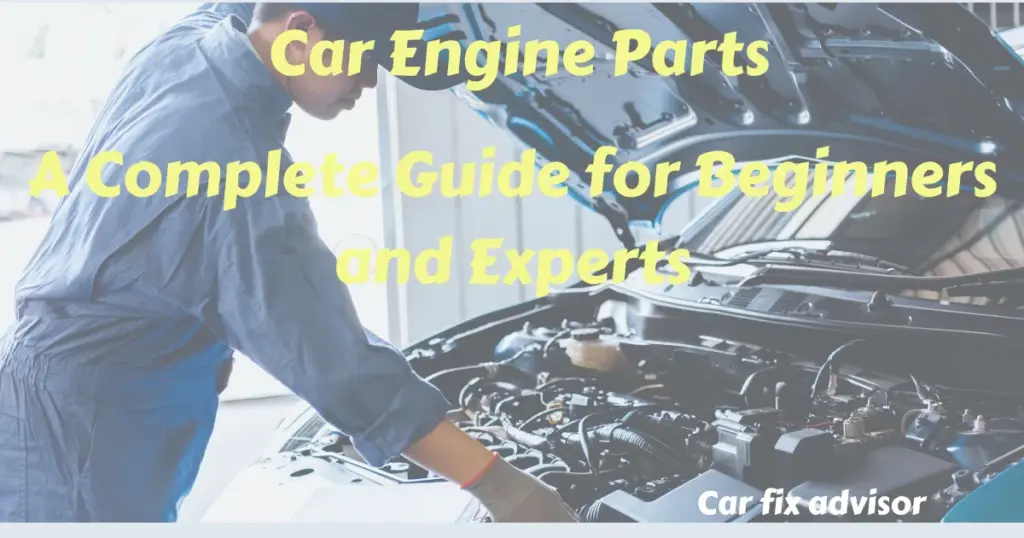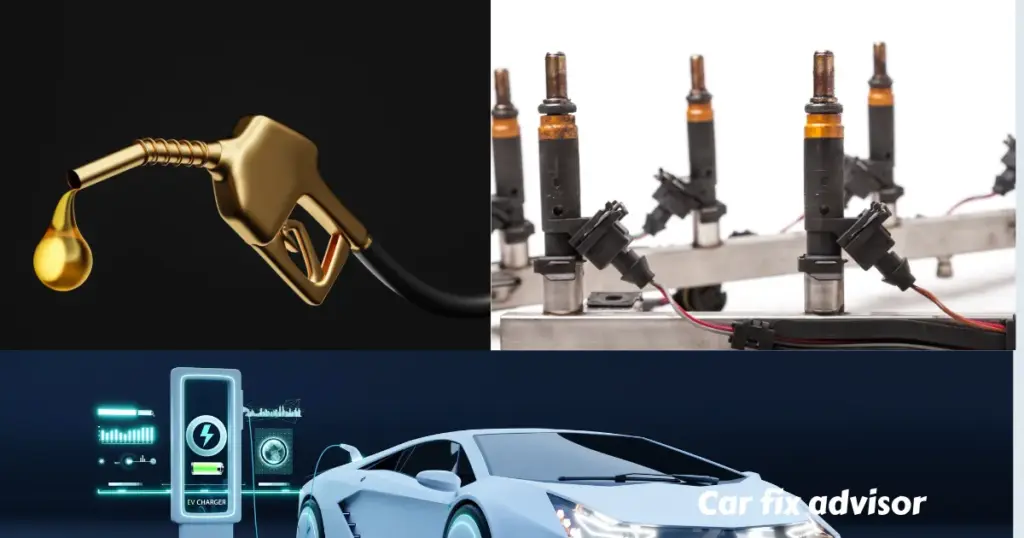Have you ever opened your car hood and felt confused by all the parts? You are not alone. A car engine is amazing, and knowing its parts can save you time, money, and stress.
Today, we will explain car engine parts in a simple way. It does not matter if you drive a small car in Europe, a sedan in Asia, a pickup in North America, or a sports car anywhere in the world.
Understanding your engine helps with maintenance. It also makes you more confident when driving and helps you know how your car works!
How a Car Engine Works—Made Easy
A car engine turns fuel into motion. It mixes air and fuel, burns it, and uses that power to move the wheels. Most cars use an internal combustion engine (ICE). This type of engine makes small, fast explosions inside metal tubes called cylinders.
Here’s how it works:
- Fuel + Air Mix: The car pulls in air and fuel.
- Compression: The piston squeezes this mix tightly.
- Ignition: A spark plug lights it up.
- Power Stroke: The mini explosion pushes the piston down.
- Exhaust: The burned gas leaves through the exhaust pipe.
This happens hundreds of times each second. That’s why engine parts must be strong and well-made.
The 4-Stroke Engine Cycle
Most cars have a 4-stroke engine. “Stroke” means one full up-or-down movement of a piston.
- Intake Stroke: The valve opens, and air plus fuel goes inside.
- Compression Stroke: The piston moves up, pressing the mix tight.
- Power Stroke: The spark plug fires, and the piston goes down fast.
- Exhaust Stroke: The used gases leave the cylinder.
When you know these four steps, it’s easier to understand how each part of the engine works together.
Essential Car Engine Parts With Their Picture
Engine Block—The Heart of the Engine

The engine block is the base of your car’s engine. It holds cylinders, pistons, and other key parts.
It’s made from aluminum or cast iron—strong materials that handle high heat and pressure.
-
Cylinder Layout: Inline (4-cylinder), V-shape (V6, V8), or flat/boxer style.
-
Displacement: Measured in liters or cc, it shows the engine’s size and power.
Pistons and Piston Rings—Creating Power
Pistons move up and down inside the cylinders. They connect to the crankshaft with rods. When the mix explodes, pistons turn that energy into motion that drives your wheels.
-
Piston Rings: These seal the gap between piston and cylinder walls.
They stop oil and gases from leaking.
Tip: If your car burns oil or blows blue smoke, the piston rings might be worn.
Cylinder Head and Valves—Air and Fuel Control
The cylinder head sits on top of the engine block. It contains:
-
Intake valves: Let air and fuel enter the chamber.
-
Exhaust valves: Let used gases out.
-
Spark plugs: Light the fuel-air mix.
-
Fuel injectors: Spray the right amount of fuel.
This teamwork keeps your engine running smoothly and cleanly.
Crankshaft—Turning Motion Into Drive
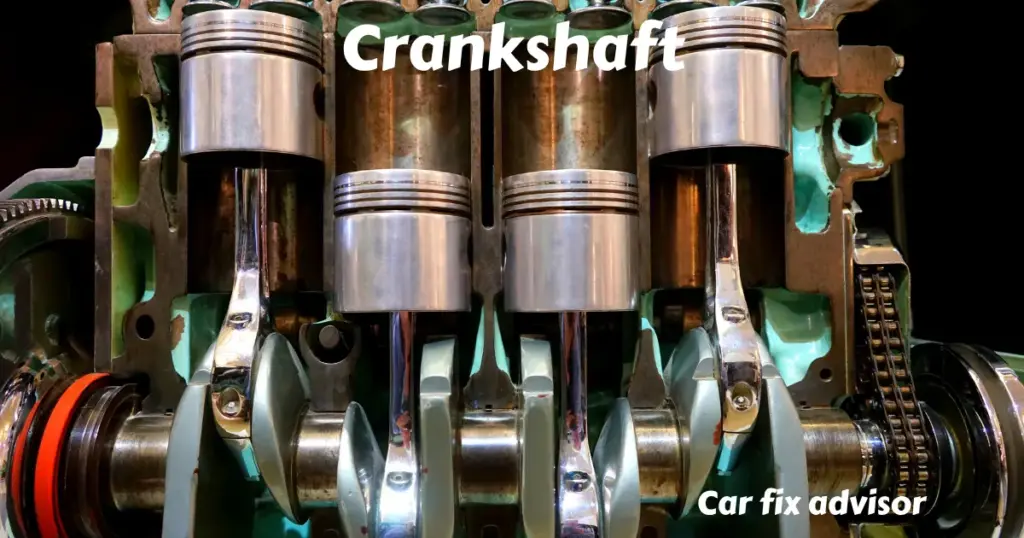
The crankshaft turns the pistons’ up-and-down movement into rotation. That rotation turns your wheels.
A well-balanced crankshaft helps your engine run smoothly and with less vibration.
Camshaft—The Timing Brain
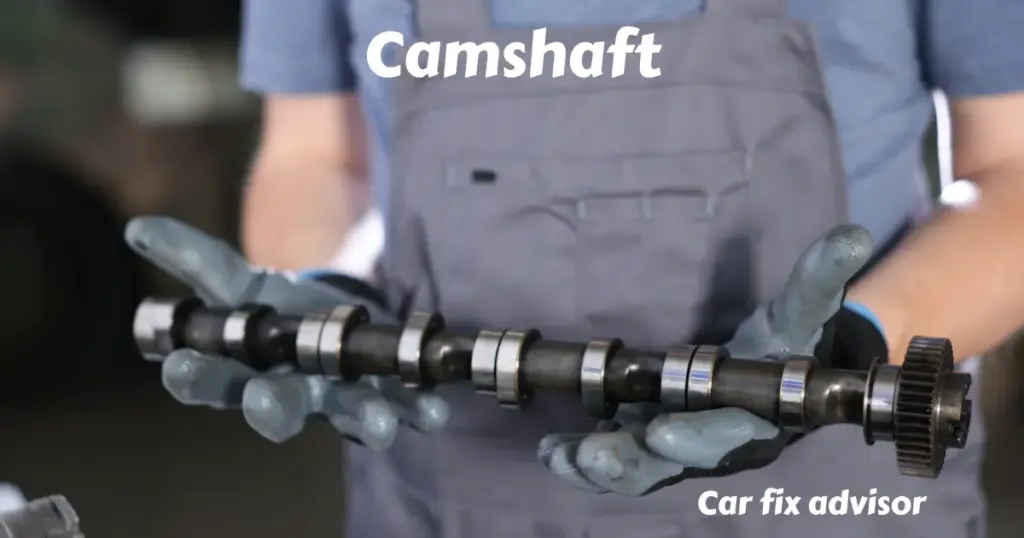
The camshaft controls when the intake and exhaust valves open and close.
-
OHC (Overhead Cam): Sits in the cylinder head and improves fuel use.
-
DOHC (Dual Overhead Cam): Two camshafts per bank for better performance.
Global Insight: Whether it’s a compact car in Europe or a pickup in Asia, camshaft design helps engines meet fuel and emission rules worldwide.
Maintenance Tip: Change oil on time. Clean oil keeps cam lobes from wearing out.
Timing Components—Belts and Chains
Timing belts or chains link the camshaft and crankshaft. They keep both moving in sync.
-
Timing Belt: Lighter and quieter. Replace every 60,000–100,000 km.
-
Timing Chain: Lasts longer but needs good oil to stay strong.
Warning: If a timing belt breaks, pistons can hit valves. That’s a costly fix.
Fuel System—Pump, Filter, and Injectors
Fuel injection replaced old carburetors. Modern injectors spray fuel in fine mist form for clean burns.
-
Fuel Pump: Pushes fuel from the tank under steady pressure.
-
Fuel Filter: Keeps dirt out of injectors.
Tip: Use the right fuel grade (octane). It varies by country and affects performance worldwide.
Spark Plugs—Starting the Fire

Spark plugs create the spark that lights the fuel mix.
-
Usually one per cylinder, but some engines have two per cylinder.
-
Check and set the gap right to avoid misfires.
Maintenance Tip: Change spark plugs when worn. It saves fuel and cuts emissions.
Flywheel—Smooth and Steady
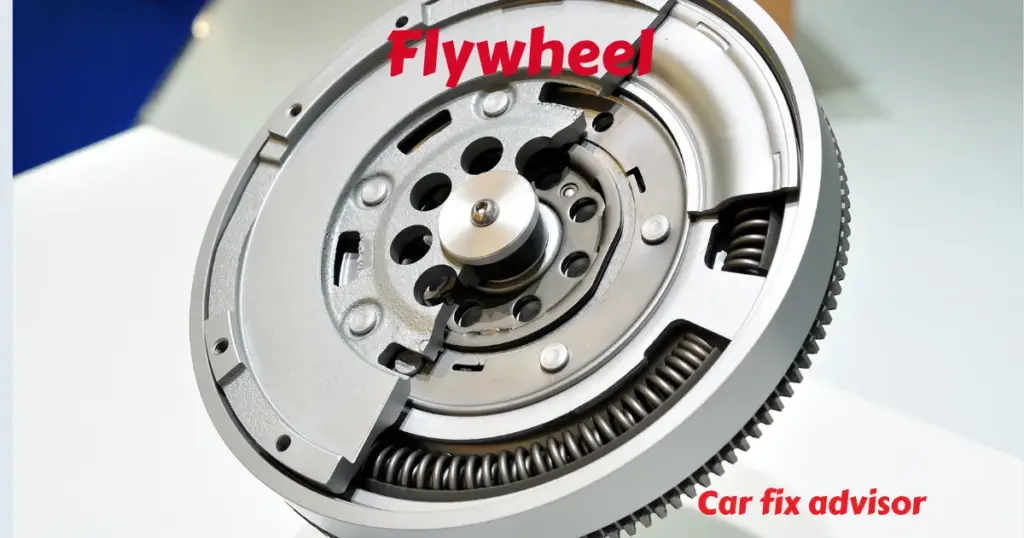
The flywheel is a heavy wheel attached to the crankshaft. It:
-
Stores engine energy.
-
Smooths out power pulses.
-
Helps the clutch work better.
Even automatic cars use versions of it to reduce vibration on long drives.
Lubrication System—Keeping the Engine Alive
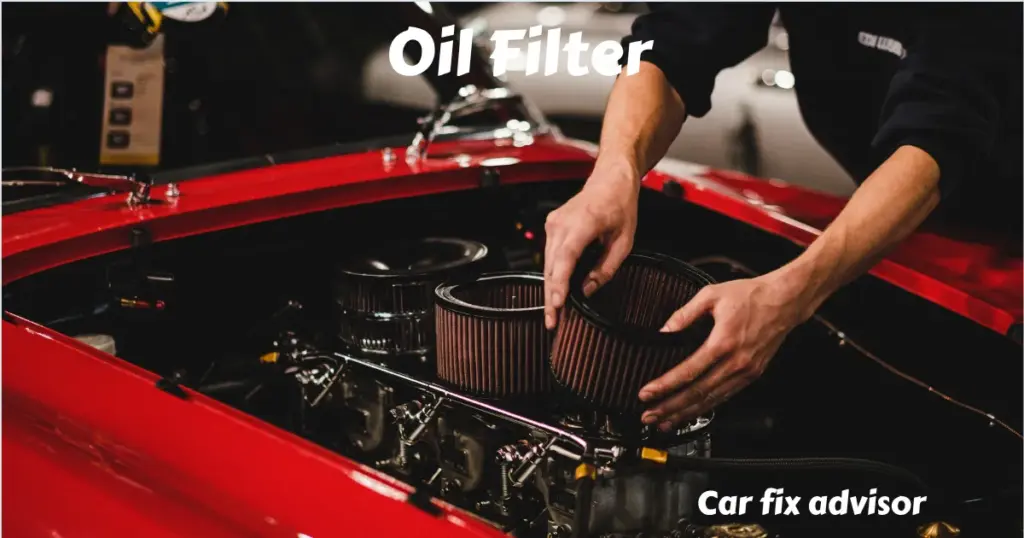
Oil keeps parts cool and reduces wear.
-
Oil Pump: Circulates oil.
-
Oil Filter: Catches dirt and metal bits.
Maintenance Tip: Change oil on time. Old or dirty oil can ruin your engine anywhere in the world.
Cooling System—Controlling Heat
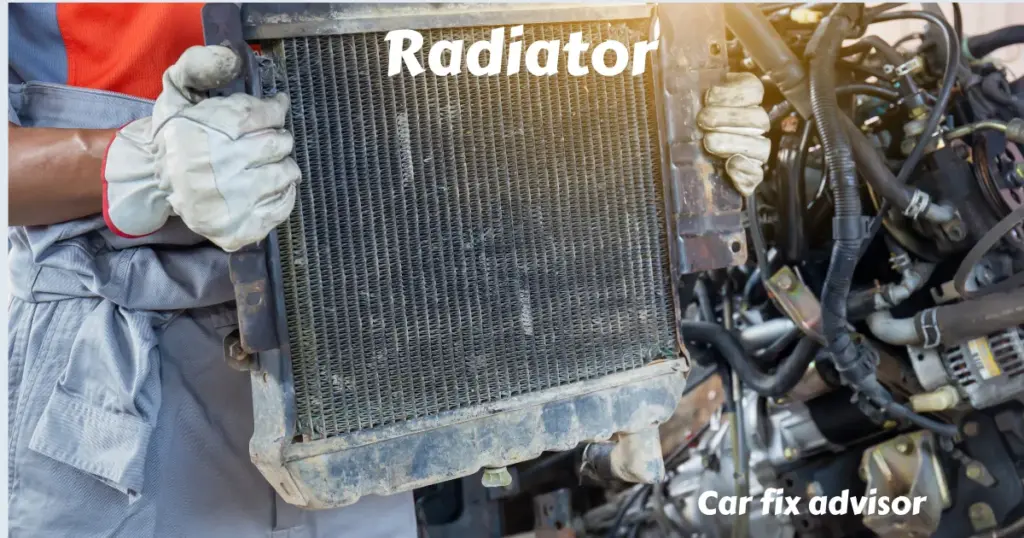
Engines get very hot. The cooling system keeps the temperature right.
-
Radiator: Removes heat.
-
Water Pump: Moves coolant.
-
Thermostat: Controls coolant flow.
Tip: Always keep coolant clean and full. This prevents overheating and rust.
Maintenance Tips and Common Engine Issues
Now that you know the main engine parts, let’s learn how to keep your engine healthy, avoid common problems, and make it last longer—no matter where you live.
Common Engine Problems and Easy Fixes
Knowing what to look for helps stop small problems before they get big.
Oil Leaks
Signs: Oil under your car, burning oil smell, or low oil level.
Cause: Old gaskets, loose seals, or worn piston rings.
Global Tip: Oil leaks are bad anywhere. Always check oil levels, no matter your country or climate.
Overheating
Signs: High temperature gauge, steam, or strange smells.
Cause: Low coolant, stuck thermostat, blocked radiator, or bad water pump.
Pro Tip: Keep coolant full and clean. In hot countries, check more often.
Misfiring or Rough Idle
Signs: Engine shakes, slow acceleration, or uneven fuel use.
Cause: Bad spark plugs, injectors, or ignition coils.
Tip: Change spark plugs on time for smooth driving and lower fuel use worldwide.
Timing Belt or Chain Failure
Signs: Engine won’t start or makes strange noises.
Cause: Broken timing belt or chain.
Reminder: Replace belts or chains on schedule. A broken one can cause serious damage.
Too Much Smoke
Signs: Blue, black, or white smoke from the exhaust.
Cause:
- Blue = Burning oil.
- Black = Too much fuel.
- White = Coolant leak.
Tip: Watch your exhaust color—it’s an easy way to catch engine trouble early.
Maintenance Tips for a Long-Lasting Engine
A healthy engine runs better, uses less fuel, and pollutes less. Follow this global checklist:
Regular Oil Changes
- Change every 5,000–10,000 km, depending on your oil type.
- Synthetic oil works best in very hot or cold places.
Air Filter Replacement
- Stops dust and dirt from entering your engine.
- Replace it more often in dusty or polluted areas.
Coolant Checks
- Keep coolant at the right level.
- Flush the system every 50,000–100,000 km to stop rust and overheating.
Spark Plug Replacement
- Change every 30,000–60,000 km (depends on type).
- Clean plugs mean better fuel use and smooth starts.
Fuel System Cleaning
- Clean injectors or use a fuel cleaner now and then.
- Helps your engine run well, even where fuel quality changes.
Timing Belt or Chain Replacement
- Follow your car’s manual.
- Replacing it on time prevents major engine failure.
Global Tips for Better Performance
Drive Smoothly
Speed up and slow down gently. It reduces stress on engine parts.
Avoid long idling to stop carbon buildup.
Climate Care
- In cold places: Warm up the engine before driving.
- In hot places: Check coolant and radiator often.
Fuel Quality
- Always use the correct octane rating.
- If local fuel is low quality, use additives for protection.
Engine Diagnostics
Modern cars have OBD-II scanners.
These tools help you find problems early, saving money worldwide.
FAQs about Car Engine Parts
Q: What are the 5 major engine parts?
A: Crankshaft, Pistons, Cylinder Head, Camshaft, Flywheel.
Q: How often should I replace spark plugs?
A: Every 30,000–60,000 km, depending on your car and plug type.
Q: What is an interference engine?
A: It’s an engine where pistons and valves share space. If the timing belt breaks, it can cause big damage.
Q: How does the cooling system help?
A: It moves coolant through the engine to stop it from overheating
Conclusion
A car engine is an amazing piece of engineering. Its parts work together to keep your car moving. The engine block, pistons, camshafts, fuel injectors, and timing parts all have an important job.
Regular care like changing oil, checking coolant, replacing spark plugs, and keeping the fuel system clean helps your engine run well and last longer. This is true no matter where you drive—the U.S., Europe, Asia, or anywhere else.
Learning what each engine part does and how to care for it helps you keep your car healthy. It also saves you money on repairs and makes your car perform better.

